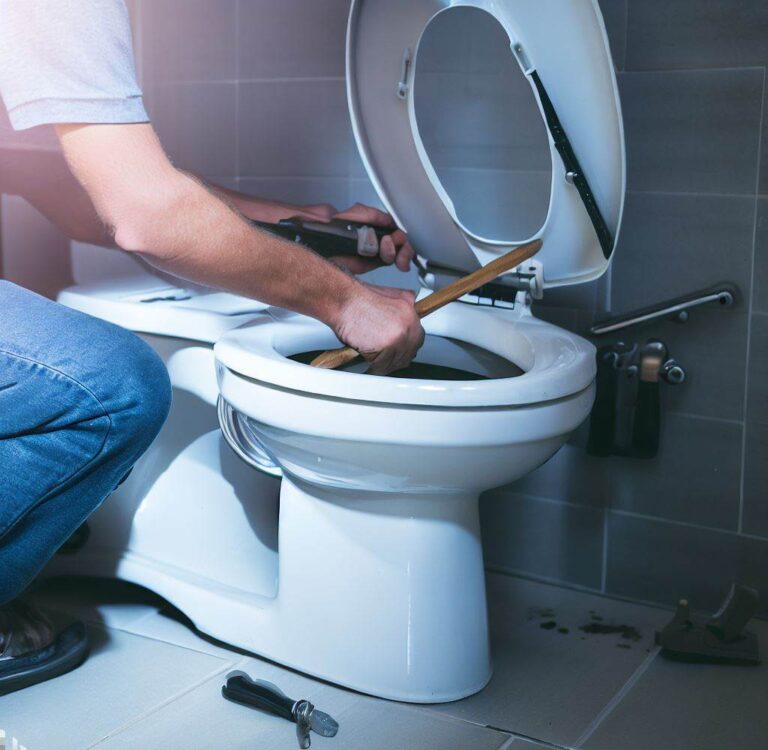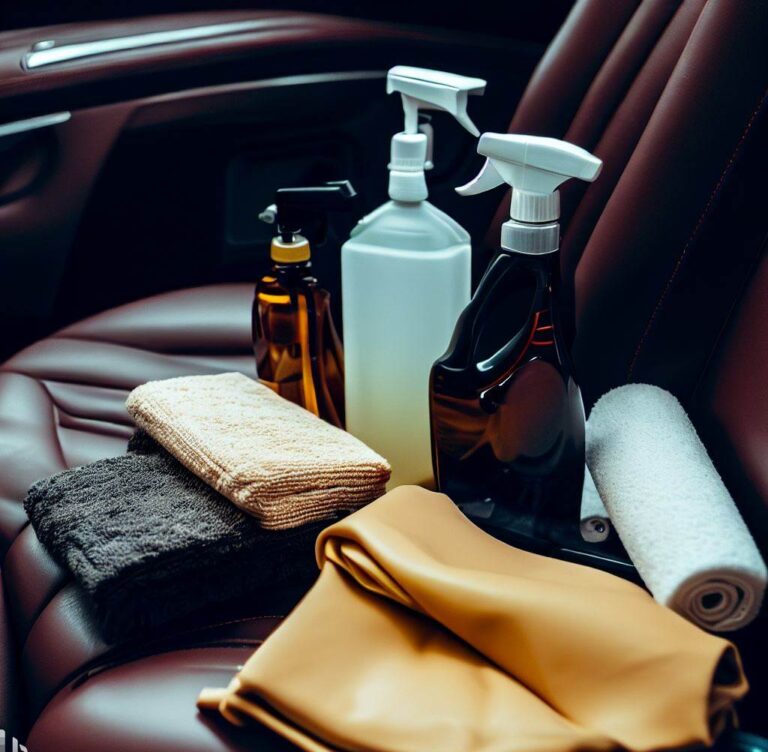How Long Do Car Seats Last? A Comprehensive Guide

Warning: Undefined array key 1 in /home/u994259718/domains/seatingstuff.com/public_html/wp-content/plugins/ultimate-blocks/src/blocks/table-of-contents/block.php on line 18
Warning: Trying to access array offset on value of type null in /home/u994259718/domains/seatingstuff.com/public_html/wp-content/plugins/ultimate-blocks/src/blocks/table-of-contents/block.php on line 18
Warning: Undefined array key -1 in /home/u994259718/domains/seatingstuff.com/public_html/wp-content/plugins/ultimate-blocks/src/blocks/table-of-contents/block.php on line 18
Warning: Undefined array key 2 in /home/u994259718/domains/seatingstuff.com/public_html/wp-content/plugins/ultimate-blocks/src/blocks/table-of-contents/block.php on line 18
Warning: Trying to access array offset on value of type null in /home/u994259718/domains/seatingstuff.com/public_html/wp-content/plugins/ultimate-blocks/src/blocks/table-of-contents/block.php on line 18
Warning: Undefined array key -1 in /home/u994259718/domains/seatingstuff.com/public_html/wp-content/plugins/ultimate-blocks/src/blocks/table-of-contents/block.php on line 18
Warning: Undefined array key 3 in /home/u994259718/domains/seatingstuff.com/public_html/wp-content/plugins/ultimate-blocks/src/blocks/table-of-contents/block.php on line 18
Warning: Trying to access array offset on value of type null in /home/u994259718/domains/seatingstuff.com/public_html/wp-content/plugins/ultimate-blocks/src/blocks/table-of-contents/block.php on line 18
Warning: Undefined array key -1 in /home/u994259718/domains/seatingstuff.com/public_html/wp-content/plugins/ultimate-blocks/src/blocks/table-of-contents/block.php on line 18
Warning: Undefined array key 4 in /home/u994259718/domains/seatingstuff.com/public_html/wp-content/plugins/ultimate-blocks/src/blocks/table-of-contents/block.php on line 18
Warning: Trying to access array offset on value of type null in /home/u994259718/domains/seatingstuff.com/public_html/wp-content/plugins/ultimate-blocks/src/blocks/table-of-contents/block.php on line 18
Warning: Undefined array key -1 in /home/u994259718/domains/seatingstuff.com/public_html/wp-content/plugins/ultimate-blocks/src/blocks/table-of-contents/block.php on line 18
Warning: Undefined array key 5 in /home/u994259718/domains/seatingstuff.com/public_html/wp-content/plugins/ultimate-blocks/src/blocks/table-of-contents/block.php on line 18
Warning: Trying to access array offset on value of type null in /home/u994259718/domains/seatingstuff.com/public_html/wp-content/plugins/ultimate-blocks/src/blocks/table-of-contents/block.php on line 18
Warning: Undefined array key -1 in /home/u994259718/domains/seatingstuff.com/public_html/wp-content/plugins/ultimate-blocks/src/blocks/table-of-contents/block.php on line 18
Warning: Undefined array key 6 in /home/u994259718/domains/seatingstuff.com/public_html/wp-content/plugins/ultimate-blocks/src/blocks/table-of-contents/block.php on line 18
Warning: Trying to access array offset on value of type null in /home/u994259718/domains/seatingstuff.com/public_html/wp-content/plugins/ultimate-blocks/src/blocks/table-of-contents/block.php on line 18
Warning: Undefined array key -1 in /home/u994259718/domains/seatingstuff.com/public_html/wp-content/plugins/ultimate-blocks/src/blocks/table-of-contents/block.php on line 18
Warning: Undefined array key 7 in /home/u994259718/domains/seatingstuff.com/public_html/wp-content/plugins/ultimate-blocks/src/blocks/table-of-contents/block.php on line 18
Warning: Trying to access array offset on value of type null in /home/u994259718/domains/seatingstuff.com/public_html/wp-content/plugins/ultimate-blocks/src/blocks/table-of-contents/block.php on line 18
Warning: Undefined array key -1 in /home/u994259718/domains/seatingstuff.com/public_html/wp-content/plugins/ultimate-blocks/src/blocks/table-of-contents/block.php on line 18
Warning: Undefined array key 8 in /home/u994259718/domains/seatingstuff.com/public_html/wp-content/plugins/ultimate-blocks/src/blocks/table-of-contents/block.php on line 18
Warning: Trying to access array offset on value of type null in /home/u994259718/domains/seatingstuff.com/public_html/wp-content/plugins/ultimate-blocks/src/blocks/table-of-contents/block.php on line 18
Warning: Undefined array key -1 in /home/u994259718/domains/seatingstuff.com/public_html/wp-content/plugins/ultimate-blocks/src/blocks/table-of-contents/block.php on line 18
Warning: Undefined array key 9 in /home/u994259718/domains/seatingstuff.com/public_html/wp-content/plugins/ultimate-blocks/src/blocks/table-of-contents/block.php on line 18
Warning: Trying to access array offset on value of type null in /home/u994259718/domains/seatingstuff.com/public_html/wp-content/plugins/ultimate-blocks/src/blocks/table-of-contents/block.php on line 18
Warning: Undefined array key -1 in /home/u994259718/domains/seatingstuff.com/public_html/wp-content/plugins/ultimate-blocks/src/blocks/table-of-contents/block.php on line 18
Warning: Undefined array key 10 in /home/u994259718/domains/seatingstuff.com/public_html/wp-content/plugins/ultimate-blocks/src/blocks/table-of-contents/block.php on line 18
Warning: Trying to access array offset on value of type null in /home/u994259718/domains/seatingstuff.com/public_html/wp-content/plugins/ultimate-blocks/src/blocks/table-of-contents/block.php on line 18
Warning: Undefined array key -1 in /home/u994259718/domains/seatingstuff.com/public_html/wp-content/plugins/ultimate-blocks/src/blocks/table-of-contents/block.php on line 18
Warning: Undefined array key 11 in /home/u994259718/domains/seatingstuff.com/public_html/wp-content/plugins/ultimate-blocks/src/blocks/table-of-contents/block.php on line 18
Warning: Trying to access array offset on value of type null in /home/u994259718/domains/seatingstuff.com/public_html/wp-content/plugins/ultimate-blocks/src/blocks/table-of-contents/block.php on line 18
Warning: Undefined array key -1 in /home/u994259718/domains/seatingstuff.com/public_html/wp-content/plugins/ultimate-blocks/src/blocks/table-of-contents/block.php on line 18
Warning: Undefined array key 12 in /home/u994259718/domains/seatingstuff.com/public_html/wp-content/plugins/ultimate-blocks/src/blocks/table-of-contents/block.php on line 18
Warning: Trying to access array offset on value of type null in /home/u994259718/domains/seatingstuff.com/public_html/wp-content/plugins/ultimate-blocks/src/blocks/table-of-contents/block.php on line 18
Warning: Undefined array key -1 in /home/u994259718/domains/seatingstuff.com/public_html/wp-content/plugins/ultimate-blocks/src/blocks/table-of-contents/block.php on line 18
Ensuring the safety of our children while traveling is a top priority for every parent. One of the most critical components of this safety is the car seat. However, like many products, car seats don’t last forever. The question that arises then is, “How long do car seats last?” This guide will provide an authoritative answer to this question and delve into the factors that influence the lifespan of car seats.
Understanding the Lifespan of Car Seats
In general, car seats expire between 6 and 10 years from the date of manufacture. This lifespan is not government regulation but is set by the manufacturers themselves based on various factors. The expiration date can usually be found in the manual or on the car seat itself, often on the bottom or the back of the seat. It’s absolutely essential to check this date and ensure the seat is within its safe usage period.

The Reasons Behind Car Seat Expiration
Car seats expire for several reasons. The primary reasons are wear and tear, changing regulations and standards, and the evolution of technology and safety regulations.

Wear and Tear
Car seats undergo a lot of wear and tear. They are used almost daily, and this frequent usage can lead to the degradation of the materials in the car seat, reducing its effectiveness in the event of a crash. Over time, the plastic can become brittle, and the straps can lose their tension. This wear and tear can compromise the safety of the seat.
Moreover, car seats are often exposed to spills, food, and other substances that can further degrade the materials. Cleaning products used to maintain the cleanliness of the seat can also contribute to the deterioration of the car seat.

Changing Regulations and Standards
Safety standards and regulations for car seats change over time. As safety research evolves, so do the standards that car seats must meet. Older car seats may not meet current safety standards, making them less safe than newer models.
For instance, safety authorities may discover that a particular design or feature in older models is not as safe as previously thought. In such cases, newer models will incorporate improved designs and features to enhance safety. Using an expired car seat means your child may be missing out on these updated safety features.

Evolution of Technology
Car seat technology is continually improving. Newer models often have advanced safety features that older models lack. These features could include better impact protection, improved harness systems, or more effective buckle designs.
Using an expired car seat means your child may be missing out on these lifesaving technologies. As technology evolves, it’s crucial to ensure that your child’s car seat is up-to-date with the latest safety features.

Checking for Expiration
To check if your car seat is expired, look for a sticker on the seat or base or behind the cushion of the shell. This sticker should have the date of manufacture. You can then calculate the expiration date based on the manufacturer’s recommended lifespan.
It’s also important to register your car seat with the manufacturer. This ensures you receive up-to-date information about recalls or safety changes. If a recall is issued for your car seat model, the manufacturer can contact you directly with this information.

What to Do with Expired Car Seats
When a car seat expires, it should immediately be stopped from being used. It’s important to ensure that the expired car seat is disposed of properly and not sold, donated, or given to someone else.
Expired car seats can be disposed of at recycling centers or traded in for discounts at certain retailers. If disposing of it in the garbage, cut off all padding, straps, fabric, and remove any metal. Then, mark the plastic base as unsafe before discarding it.

The Importance of Regular Checks
Regular checks on your car seat are essential to ensure that it is still safe for use. Look for signs of wear and tear, such as cracks in the plastic, fraying straps, or a harness that no longer adjusts correctly. If you notice any of these signs, it may be time to replace your car seat, even if it hasn’t reached its expiration date yet.
The Role of Accidents
If your car seat has been involved in a car accident, it may need to be replaced, even if it looks fine. The forces in a crash can cause damage to the car seat that isn’t visible to the naked eye. This damage can affect the seat’s ability to protect your child in a future accident. Always check with your insurance company, as they may cover the cost of a replacement after an accident.
The Impact of Recalls
Manufacturers occasionally recall car seats if they discover a problem. If your car seat is recalled, the manufacturer will usually offer a repair, a replacement, or a refund. Always register your car seat with the manufacturer so that you can be contacted if a recall occurs.
The Importance of Proper Installation
Even the safest car seat won’t protect your child if it’s not installed correctly. Always follow the manufacturer’s instructions for installation, and consider having your installation checked by a certified child passenger safety technician.
The Transition to Booster Seats
As your child grows, they will eventually transition from a car seat to a booster seat. Booster seats also have expiration dates and should be checked regularly for signs of wear and tear. Just like with car seats, booster seats should be replaced after an accident, even if they appear to be undamaged.
Conclusion
Car seats are an essential safety device for children. However, they don’t last forever. It’s crucial for parents to understand how long car seats last and the reasons for their expiration. By doing so, they can ensure that their children are always protected with a safe and effective car seat.






